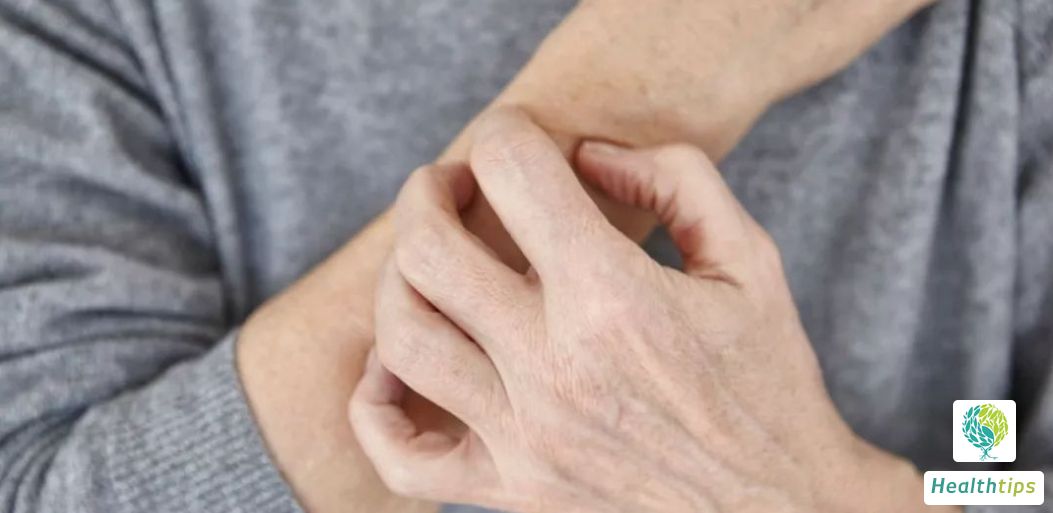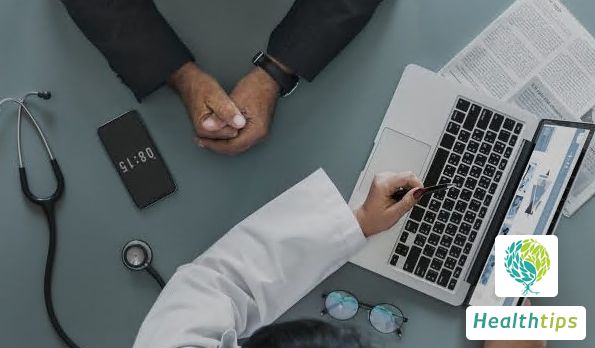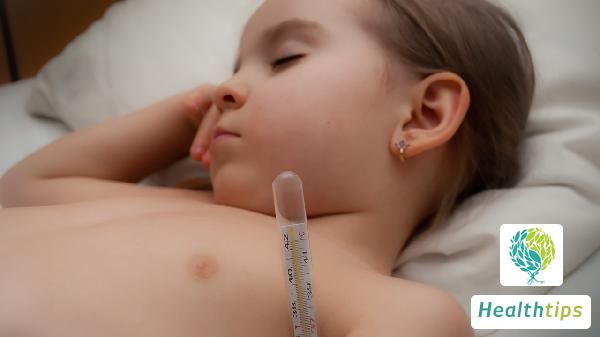Why Is There a Lump on the Right Side of a Childs Neck?
During the process of mothers caring for their growing children, there are often unexpected situations that can make mothers feel overwhelmed. When children are still young, sometimes hard bumps may appear on their necks. These bumps are often immature lymph nodes. If the lymph nodes do not affect the child's health, they usually do not require treatment, and only require observation for changes in the lymph nodes. Many times, these lymph nodes will gradually decrease in size and may even disappear completely.

1. Sometimes, lumps of varying sizes can be felt in the back of the ears, neck, jaw, groin, and other areas of children. These lumps are mostly mobile and can slide under the skin. These small lumps are lymph nodes. Since lymphatic tissue, especially lymph nodes, develop rapidly within the first year of life, healthy children may be able to feel lymph nodes in superficial areas of their bodies such as behind the ears, neck, jaw, armpits, and groin (i.e., inguinal region).
2. However, the normal size of these lymph nodes in these areas is generally no larger than a bean, and they are usually single, soft, movable under the skin, painless, and not adhered to surrounding tissues. Lymph nodes should not be palpable in the chin, supraclavicular fossa, or elbows. Under abnormal conditions, lymph nodes may also abnormally enlarge.
3. Lymph nodes produce lymphocytes in the blood, which have a role in defending against bacteria. Lymph nodes in various locations are connected to surrounding organs or tissues through lymphatic vessels, serving as "sentry posts" around the body. When neighboring tissues or organs are attacked by bacteria, they can eliminate the bacteria and prevent their spread.
4. As a result, these lymph nodes themselves may swell up and become palpable with pain or tenderness. Therefore, the location of swollen lymph nodes can be used to infer the location of the infectious lesion caused by bacteria. For example, swollen lymph nodes under the jaw may be caused by inflammation of the mouth and throat, and swollen lymph nodes at the back of the head may be due to skin inflammation of the head and posterior neck.
If your child's lymph nodes are the size of a jujube seed, it may be due to irritation caused by inflammation. It is recommended to visit a hospital for examination to rule out other diseases.
1. If a child develops swollen lymph nodes on their neck, treatment can be approached through traditional Chinese medicine. Parents can use external applications to help promote blood circulation, detoxify, and dissipate bruises. Many herbal ingredients in plasters have strong penetrating power and can be absorbed through the patient's skin to participate in blood circulation, stimulating the patient's bodily regulatory functions and helping the affected area recover as soon as possible.
2. There are many reasons for lymphadenopathy in children, such as inflammation, tuberculosis, tumors, and so on. Therefore, it is necessary to find the root cause of the disease before treating it appropriately. If the patient has lymphadenopathy due to inflammation, antibiotics and anti-inflammatory medications should be used for treatment. If it is due to a malignant tumor, the child may need surgery to remove the tumor from their body to restore their health.
3. Some children may develop lymphadenopathy due to infections, such as common bacterial or viral infections. In such cases, anti-infective treatment should be administered against the causative pathogen. Therefore, parents should take their child to a reputable hospital for a physical examination. After determining the type of disease, appropriate treatment should be administered. This approach is more scientific and reliable. During the treatment process, parents should not only remind their child to take medication actively but also maintain a light diet.



















